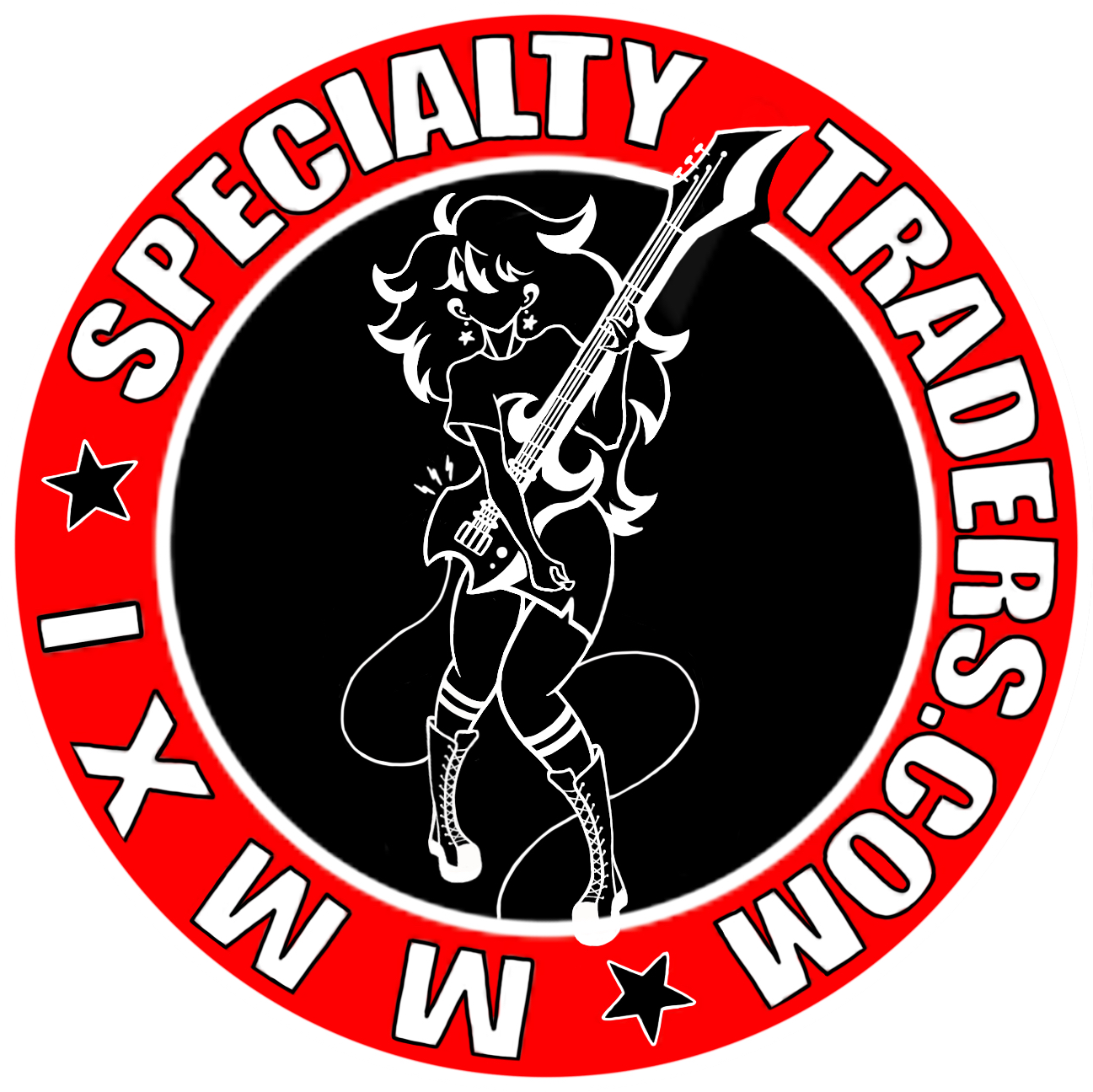Subdecay Noise Theory Programmable Parallel Waveshaper Fuzz Guitar Effect Pedal Used
Subdecay Noise Theory Programmable Parallel Waveshaper Fuzz Guitar Effect Pedal Used
Couldn't load pickup availability
Subdecay Noise Theory Programmable Parallel Waveshaper Fuzz Guitar Effect Pedal Used
Used with wear associated with use. Minor cosmetic scratches/scuffs from handling and play. Any noteworthy blemishes or issues will be described and pictured. Works as it should.
We strongly recommend using the proper power supply for any pedal. Daisy chain power supplies may not supply enough power when using multiple pedals or introduce noise into the chain. Consult the pedal manual when available for manufacturer recommended power specifications.
Pedal has a few light scratches & scuffs. Right side has an empty hole drilled.
Parallel analog and digital fuzz
11 wave shaper fuzz types and 1 analog fuzz
11 savable presets
Full MIDI control of all parameters
MIDI controlled 4 voice polyphonic synthesizer
Experience the fuzz future with the Noise Theory. Unconfined by 60’s and 70s tradition, it embraces synth technology like wave folding and wave shaping distortions. Uncommon in the guitar world, but they’ve been used in modular synthesis for years. Unexplored sonic territory awaits.
Wave Folding: Harness the chaos
With the Edit Mode switch set to Shaper you can choose from 11 fuzz types. Fuzz 2 through 9 introduce wave folder fuzzes. These offer a spectrum of mind-bending tones with intermodulation overload. So what is wave folding exactly?
Basic: Wave folding is a different type of distortion. Rather than simple clipping or compression, the signal folds back in on itself. This creates complex harmonic content and timbral changes. As the gain increases the signal folds more and more.
Familiar controls for gain and tone sculpt your sound, while adjusting the bias adds a distinct second harmonic.
The Noise Theory provides the means to tame the madness, offering controls for pre-fuzz compression, a high pass filter, and a low pass filter. Consult the online user guide for comprehensive details.
In addition to the wave shaper fuzzes, blend in the analog fuzz signal for added versatility, particularly beneficial for bass guitar or maintaining a semblance of normalcy if you are into that sort of thing.
Oh, and there’s also an internal chorus/flanger just because we could.
Fuzz Types
Fuzz 0 Square Fuzz:
Amplifies the signal until it reaches its limits, resulting in squared-off peaks and valleys. Your typical overdrive or fuzz simply amplifies a signal until it’s pushed past its limits. This is exactly what fuzz 0 does.
Fuzz 1 Sine Clipper:
Based on a sine wave response, providing a distinct fuzz texture. An approximation of Tube and Jfet compression at low gain.
Fuzz 2 Full wave rectifier:
A full wave rectifier akin to classic octave up fuzz pedals. The simplest version of wave folding and one many guitarists will find familiar.
Fuzz 3 Wave Folder:
When the signal is pushed past its limits it folds back in on itself. Similar to wave folders found in the synth world.
Fuzz 4 Single Sided Wave Folder:
A variation of the Wave Folder that only folds one side of the signal.
Fuzz 5 Sine Wave Folder:
Similar to Fuzz 3, but based on sine waves.
Fuzz 6 Single Sided Sine Wave folder:
Similar to fuzz 4 but based on sine waves.
Fuzz 7 Zero Limited Wave Folder:
Similar to the Wave Folder, but folds the signal back before crossing the zero point, reducing intermodulation and more agreeable with complex chord playing.
Fuzz 8 Harmonic Ripple Wave Folder:
Blends the characteristics of a sine clipper and wave folder, offering less intermodulation and adds a filter-like effect on some settings.
Fuzz 9 Wave Smasher:
With each fold, the amplitude decreases. It gets splattery, especially at high gain. Not for the faint of heart.
Oscillator Fuzz?
Fuzz 10 Oscillator Fuzz:
Similar idea to the 2007 Noise Box, but different.
Midi control:
All parameters are controllable via MIDI in real time.
Additionally, transform the Noise Theory into a versatile 4-voice MIDI synthesizer based on phase distortion and wave folding. Simply connect a MIDI controller to the MIDI A input and play any note on the keyboard to activate the synthesizer.
64 user preset patches and 64 factory preset patches are accessible via MIDI Program Change (PC.) There are over 30 parameters editable via MIDI CC. See the Synth MIDI map here.
We ship orders the following business day!
We are open Monday - Friday 9:00 AM to 5:00 PM Eastern Standard Time
We respond to questions during regular business hours


















